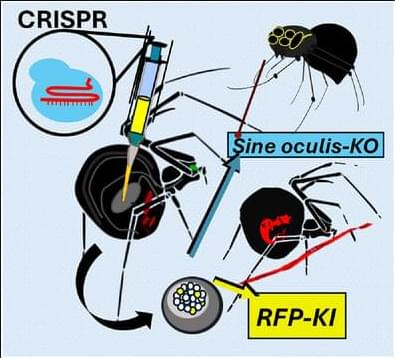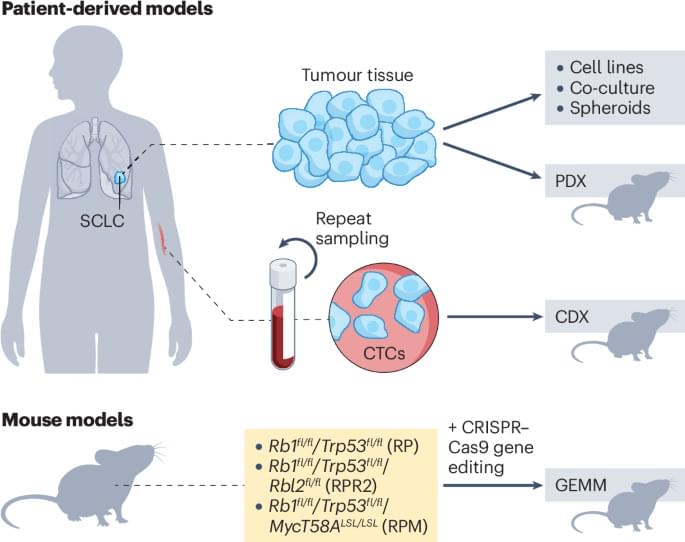Spiders exhibit unique traits with significant implications for a diversity of fields, and gene editing provides new opportunities for advancing research in these areas. In this study, we developed a…




In this Review, Simpson et al. summarize the emergent understanding of molecular subtypes of small cell lung cancer (SCLC). They discuss how intratumour heterogeneity and dynamic tumour plasticity may challenge the success of immune and molecular subtype-targeted therapies and argue that combination therapies, monitored by serial liquid biopsy-based biomarkers, will be needed to improve the outcomes of patients with SCLC.



Introducing Codex: a cloud-based software engineering agent that can work on many tasks in parallel, powered by codex-1. With Codex, developers can simultaneously deploy multiple agents to independently handle coding tasks such as writing features, answering questions about your codebase, fixing bugs, and proposing pull requests for review.

Depending on the type of artificial blood that is made, various raw materials are used. Hemoglobin-based products can use either isolated hemoglobin or synthetically produced hemoglobin.
To produce hemoglobin synthetically, manufacturers use compounds known as amino acids. These are chemicals that plants and animals use to create the proteins that are essential for life. There are 20 naturally occurring amino acids that may be used to produce hemoglobin. All of the amino acid molecules share certain chemical characteristics. They are made up of an amino group, a carboxyl group, and a side chain. The nature of the side chain differentiates the various amino acids. Hemoglobin synthesis also requires a specific type of bacteria and all of the materials needed to incubate it. This includes warm water, molasses, glucose, acetic acid, alcohols, urea, and liquid ammonia.
For other types of hemoglobin-based artificial blood products, the hemoglobin is isolated from human blood. It is typically obtained from donated blood that has expired before it is used. Other sources of hemoglobin come from spent animal blood. This hemoglobin is slightly different from human hemoglobin and must be modified before being used.
ASILAB is excited to introduce Asinoid – the world’s first true artificial superintelligence built on the architecture of the human brain. Designed to think, learn, and evolve autonomously like a living organism.
Learn more on our website: http://asilab.com.
Asinoid isn’t just another AI. Unlike today’s pre-trained, prompt-driven models and agents, Asinoid is a self-improving and proactive mind. It learns over time. It remembers. It sets its own goals. And it gets smarter by rewiring itself from within.
An Asinoid can power a fleet of autonomous drones. Act as the brain inside your security system. It can drive your R&D, run your meetings, become the cognitive layer behind your SaaS product or even co-found a company with you.
The possibilities are endless. And we want to explore them with you.
We’re opening access to pioneering companies, researchers, and developers who want to build with us. If you’re ready to create something groundbreaking, let’s get started.

🔔 Subscribe for new episodes: https://www.youtube.com/@seankim?sub_confirmation=1▶️ Recommended for you: https://www.youtube.com/watch?v=xGlVx_6_A3oStephen…